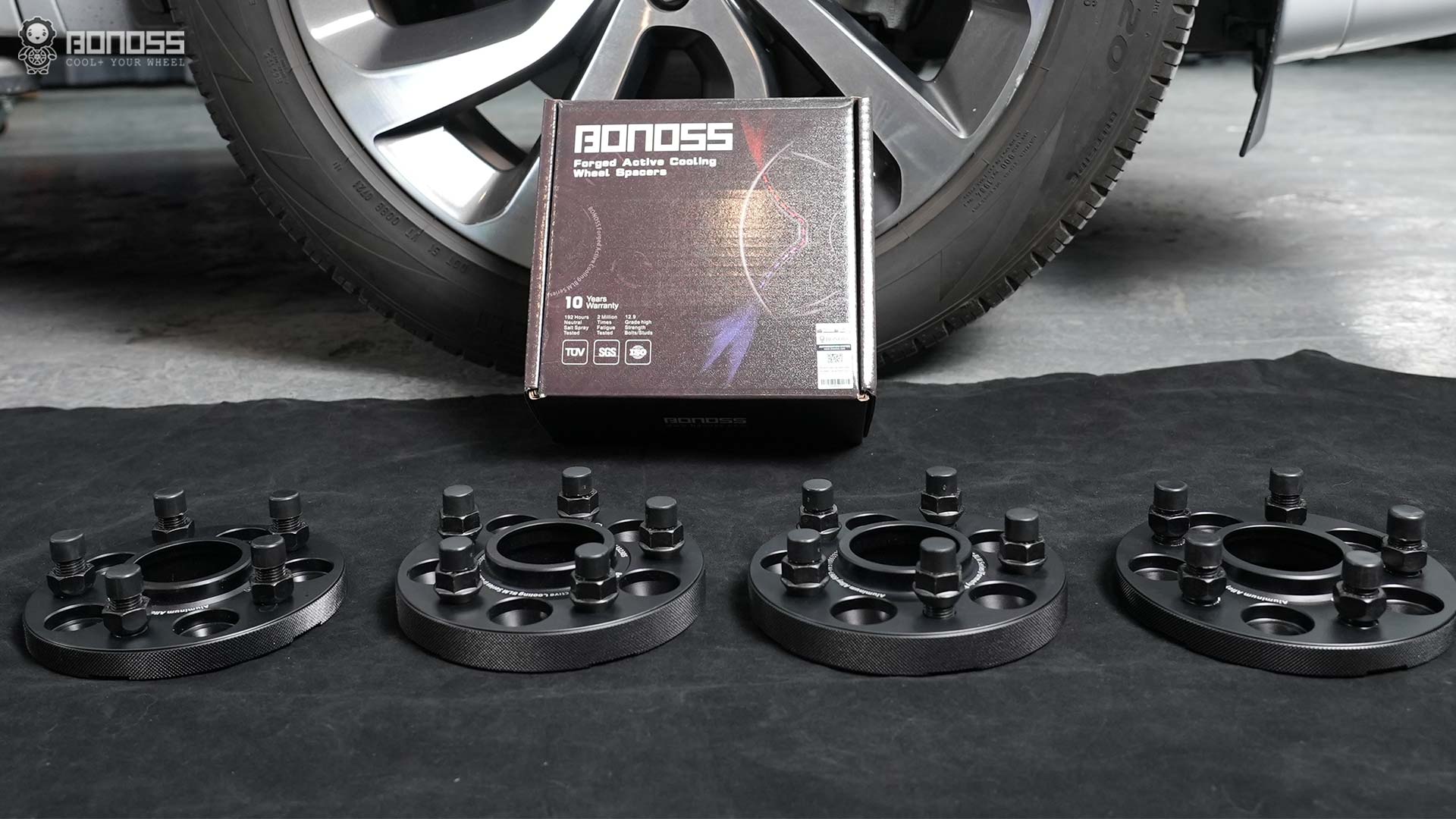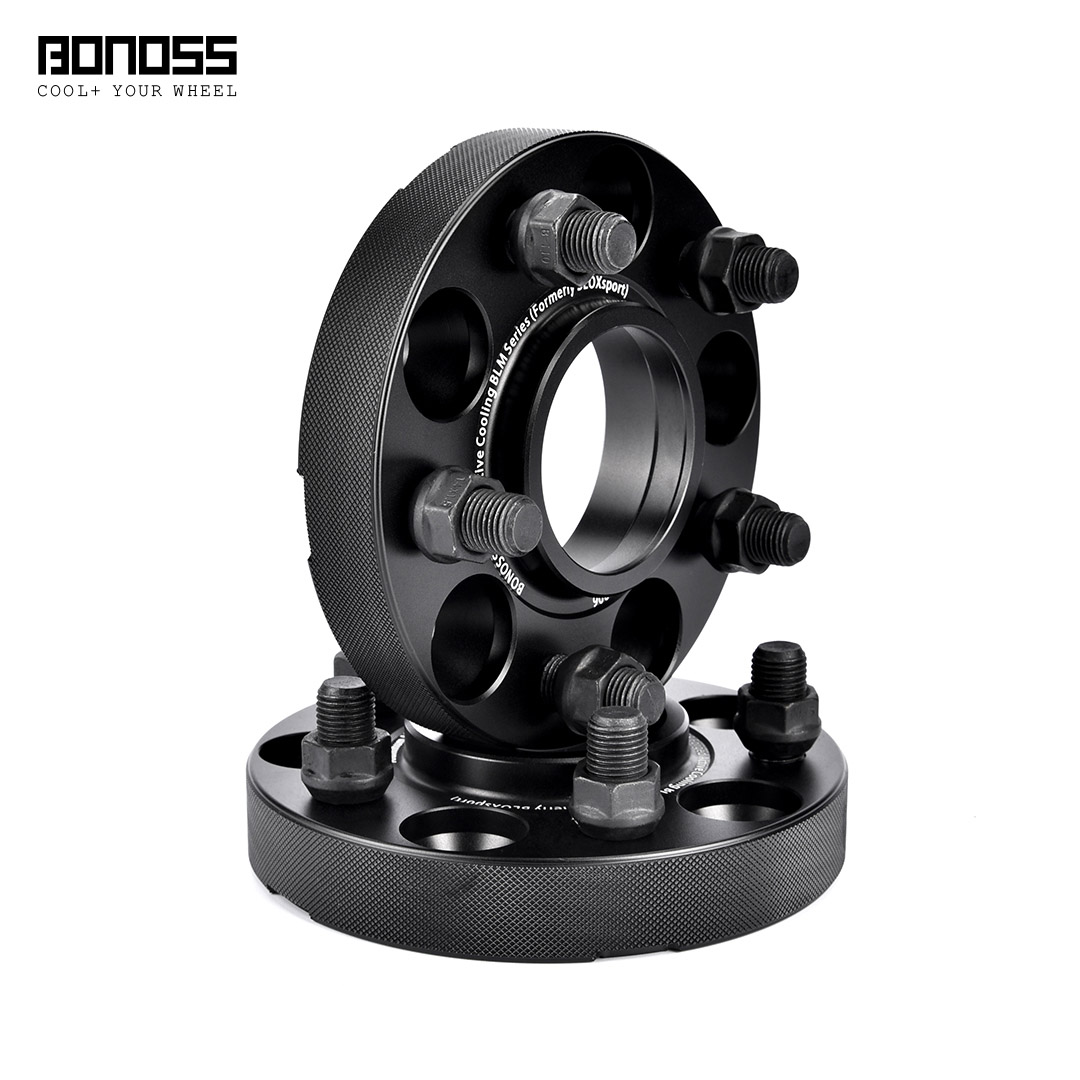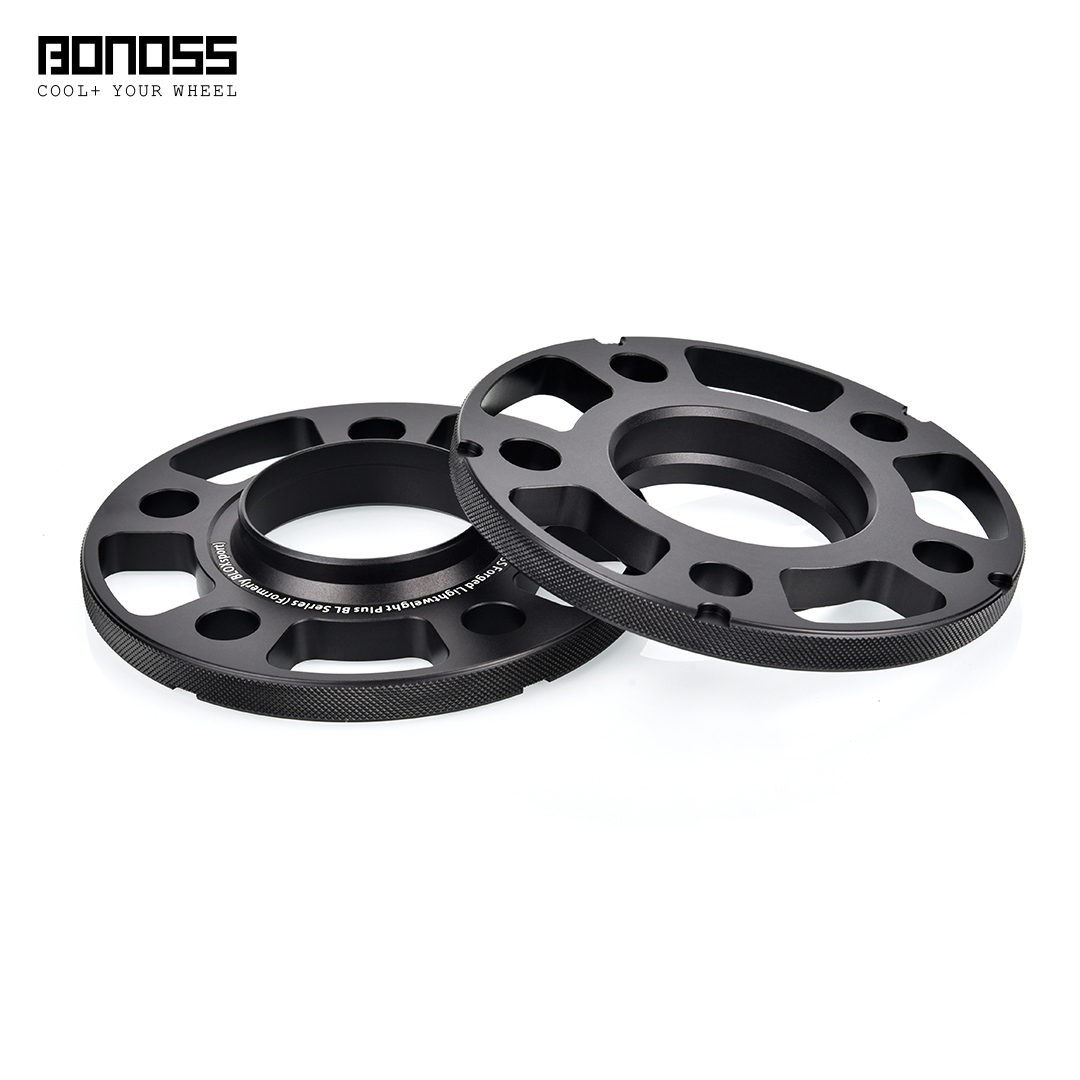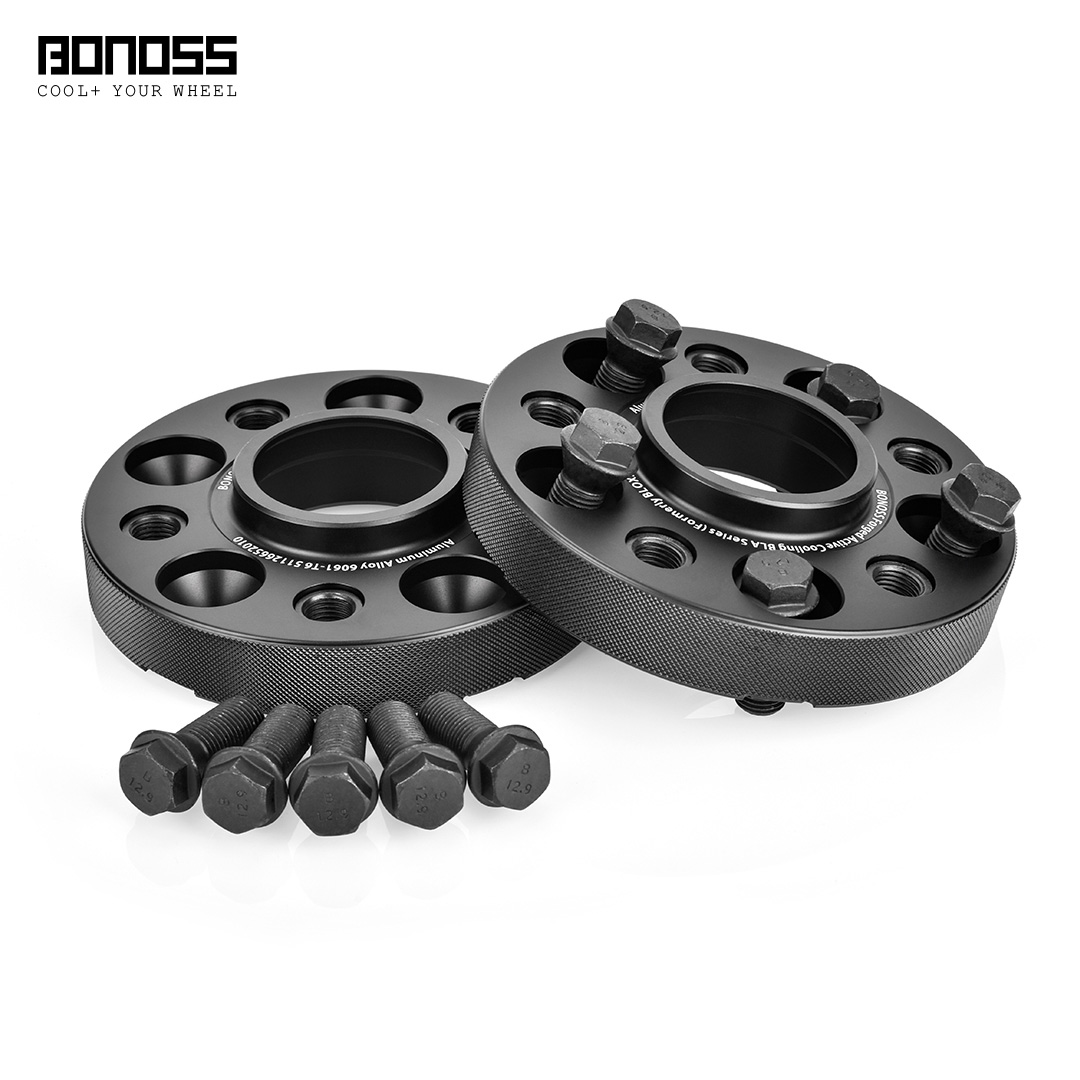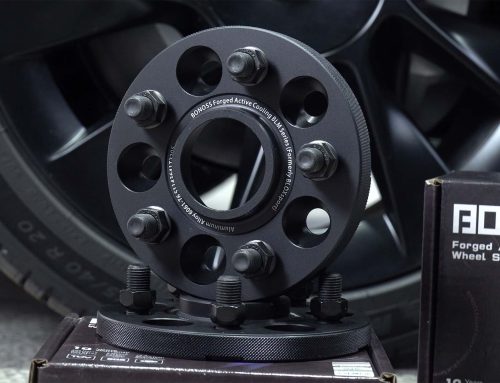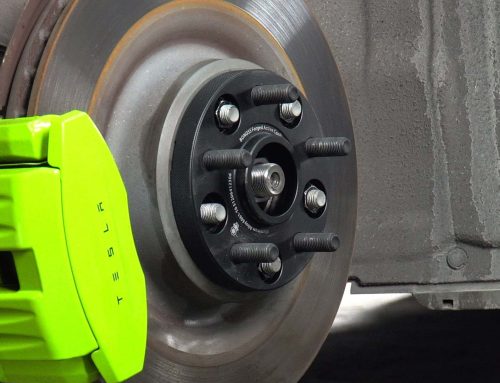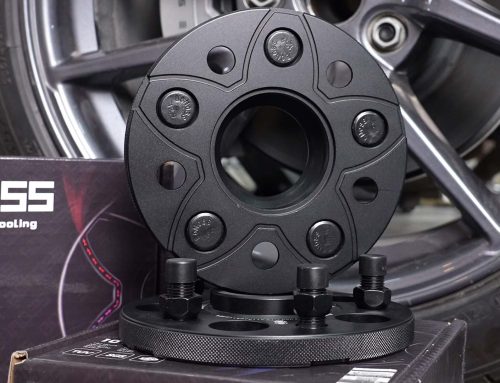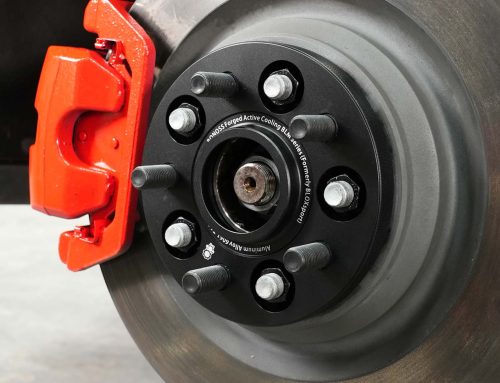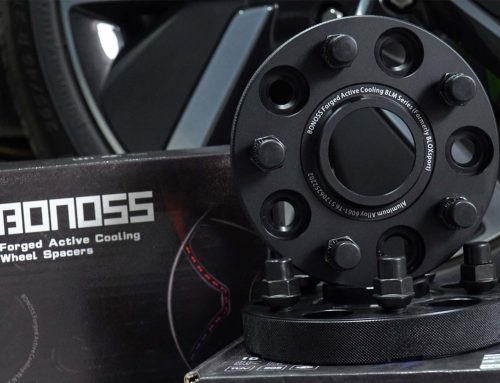The best wheel spacers for off roading are a good idea for aesthetic purposes and fitment issues. By pushing the wheels out, spacers allow you to install bigger tires and larger brakes with no rubbing issues. When choosing the best size off-roading wheel spacers, there are several popular sizes to consider: 1/2-inch, 1-inch, 1.25-inch, 1.5-inch, 1.75-inch, and 2-inch spacers.
Many car owners prefer a perfect flush look, while others aim for a more aggressive and powerful stance. Whether you’re planning to use them for daily driving or off-roading needs, high-quality wheel spacers are safe to use. The best wheel spacers for off roading can end up making your cars safer than the stock setup.
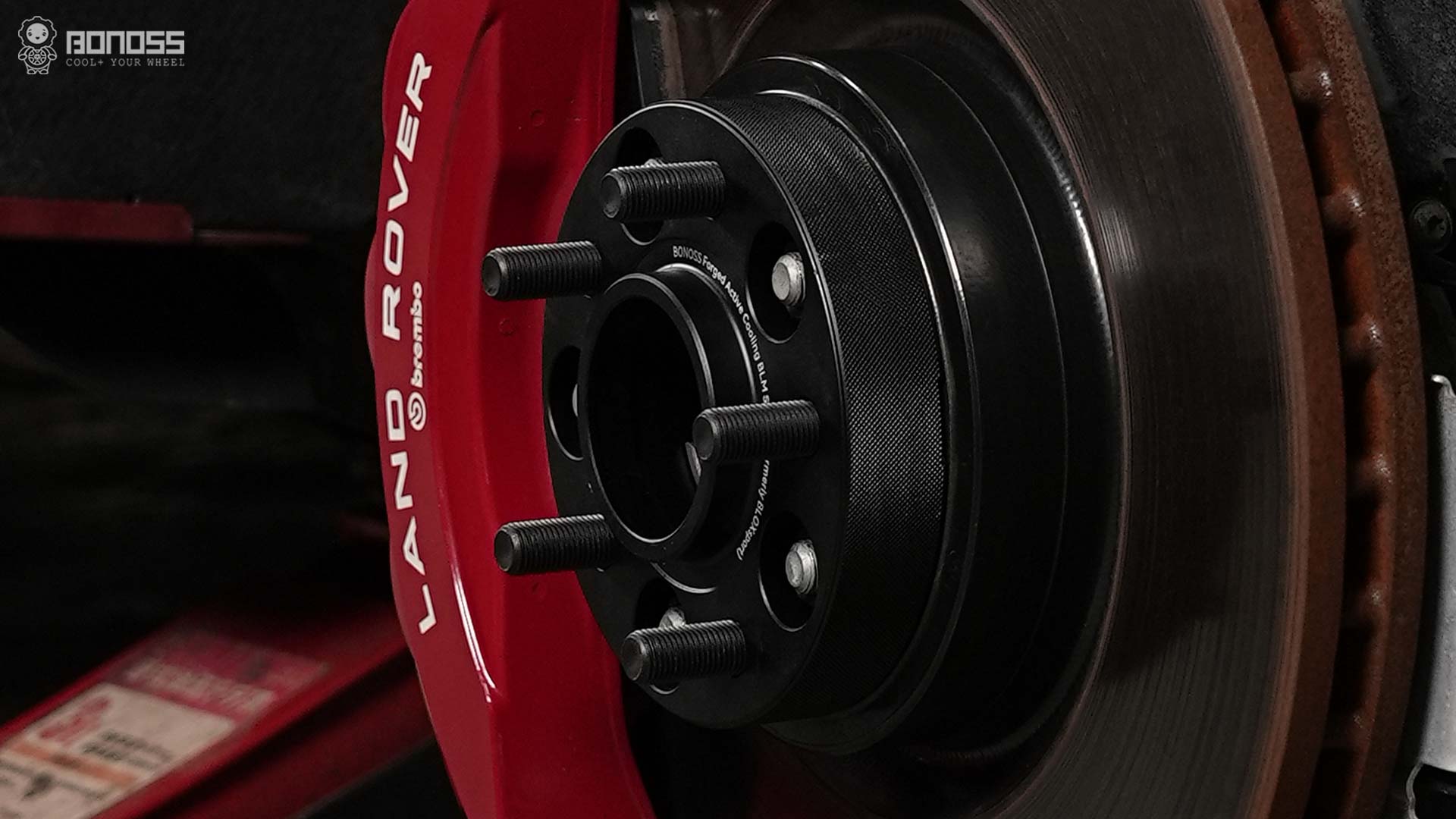
Best Wheel Spacers for Off Roading Sizes
Generally, most experts recommend staying within the range of 1-inch to 2-inch (25.4mm to 50.8mm) for wheel spacers. Here are the pros and cons of these sizes:
- 1-inch Spacers:
1-inch wheel spacers provide extra clearance without making the wheels stick out too far. - 1.25-inch Spacers:
1.25-inch spacers are particularly popular for off-road use as they provide more stability. - 1.5-inch Spacers:
If you aim for a bolder, more aggressive stance, 1.5-inch spacers are your best choice. - 1.75-inch Spacers:
The 1.75-inch spacers are helpful in preventing the tires from hitting the fenders or any other suspension parts. - 2-inch Spacers:
2-inch wheel spacers provide ample clearance for oversized tires and create a bold aesthetic statement.
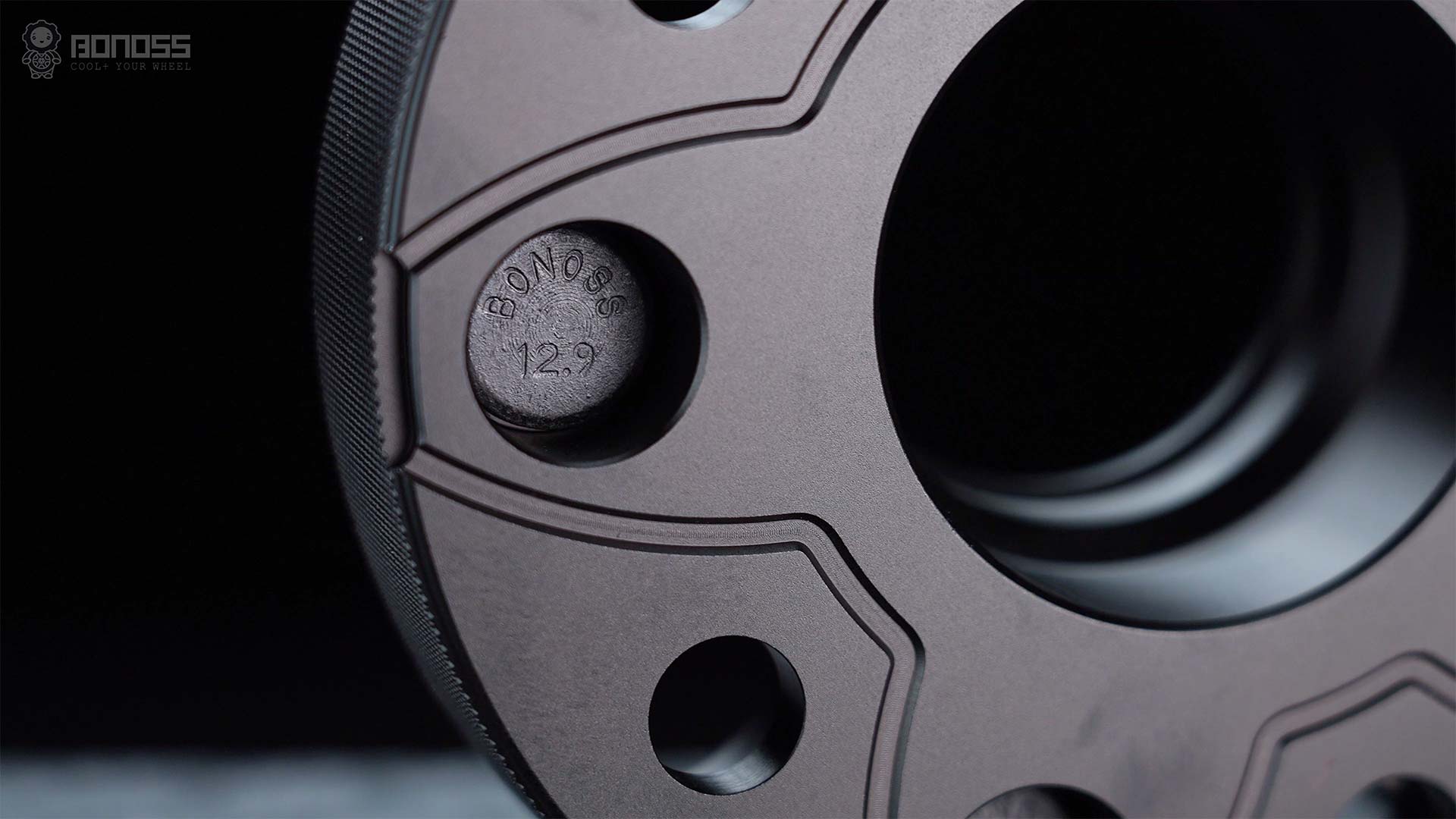
Who Makes the Best Wheel Spacers for Off Roading?
High-end wheel spacers are produced with top-quality materials to provide optimum performance to the vehicle. For example, BONOSS forged active cooling wheel spacers are made by advanced machinery and undergo a series of safety tests before leaving the factory. BONOSS offers several key advantages that make their spacers a top choice.
1. Active Cooling for Safe Upgrades
Based on traditional rim spacers, BONOSS forged active cooling wheel spacers come with heat dissipation grooves. These petal-shaped grooves allow the external cold air to flow continuously to actively dissipate heat for the braking system. Besides, the edge notches act as air collectors, which tremendously enlarges the airflow, enhancing the heat dissipation effect and improving road safety.
2. Aerospace Materials for Improved Strength
Unlike those cheap casting spacers, BONOSS forged active cooling wheel spacers are exceptionally strong, making them very durable. Due to the super forging process, BONOSS forged 7075-T6 aluminum spacers feature an ultimate tensile strength of 74000-78000 psi (510-572 MPa). They won’t break easily in off-roading adventures.
3. Precisely Machined for No Deviation
BONOSS forged active cooling wheel spacers are CNC machined, precision at 0.02mm, which makes the hub-centric lip more accurate, perfectly fits the wheel hub, and provides a snug connection between the wheel and vehicle hub, reducing the chances of vibrations.
Frequently Asked FAQ
Q: Is it necessary to add wheel spacers on all 4 tires?
A: It is not necessary to add wheel spacers on all 4 tires. Most people use wheel spacers just to accommodate bigger brakes on the front wheels.
Q: Will wheel spacers allow for larger tires?
A: The best wheel spacers for off roading create more inner wheel clearance, which allows for fitting larger 33s-35s AT tires without rubbing issues.
Q: Can you use wheel spacers on stock wheels?
A: Yes, you can put wheel spacers on stock wheels with no problem. Even if you don’t change the OEM wheels and tires, spacers improve the off-roading experience greatly.
Final Verdict: Elevate Your Car with BONOSS
With these outstanding advantages, it’s clear that BONOSS provides the best wheel spacers for off roading. Whether you’re upgrading the aesthetics or improving the ride quality, choosing BONOSS ensures that you’re getting a product that meets the highest standards of performance and quality. Your car deserves the best.
(Hi, I’m Kevin Brian, a 30-year mechanical engineer. For a better user experience, this article is original content uploaded by humans. It is not generated by Artificial Intelligence (AI) Models or tools.)

